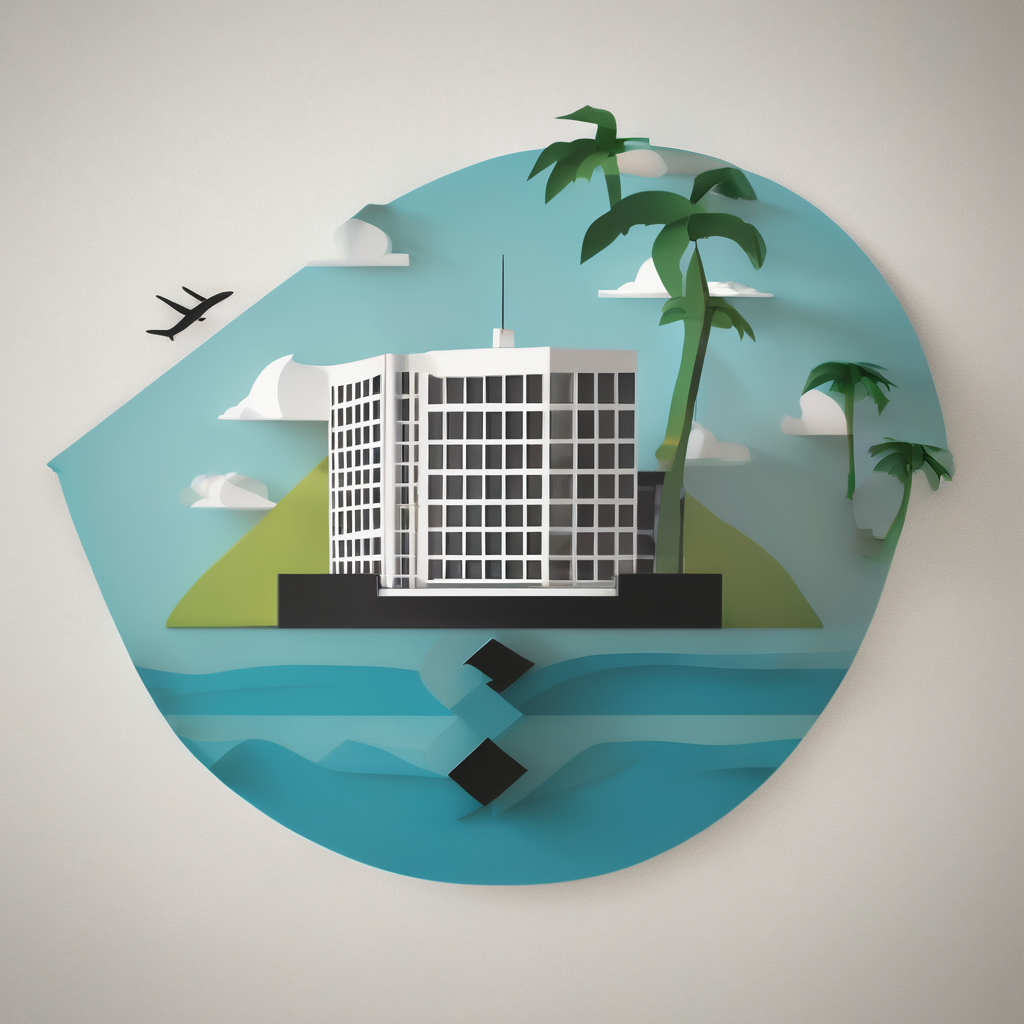The Asian Development Bank (ADB) has unveiled a comprehensive initiative aimed at enhancing disaster resilience across the Pacific region. This plan introduces innovative financial tools and strategic partnerships designed to assist island nations in preparing for and recovering from the increasingly frequent natural disasters that characterize the area.
At the 2nd Pacific Disaster Risk Management Ministers Meeting held in Palau, ADB representative Samantha Cook noted the alarming tendency for Pacific nations to experience successive disasters before fully recovering from previous ones. “While you’re still recovering from the last event, the next one happens,” Cook remarked, underlining the region’s vulnerability to natural hazards and climate change.
To confront this pressing issue, the ADB has created a Disaster Risk Management Action Plan focused on risk reduction, improved preparedness, and ensuring that funding is readily available during crises. The bank is increasing investments in resilient infrastructure, updating building codes in Palau and Vanuatu, and spearheading a regional study to evaluate how these codes can enhance resilience.
Collaborating with the Pacific Community (SPC), the ADB is also conducting a Pacific Risk Assessment Study, which aims to make extensive data on disaster risks more accessible and applicable for governments. The bank’s Crisis Response Toolkit offers emergency financing and includes a Debt Deferral Clause, enabling Pacific countries to postpone loan repayments for up to two years following major disasters, thereby freeing up vital funds for recovery efforts.
Cook emphasized the importance of feedback from Pacific nations in shaping these initiatives, stating, “We need your input to ensure a more resilient and prosperous Pacific.” The two-day ministerial meeting gathers Pacific leaders, development partners, and regional organizations to fortify collaboration on disaster preparedness and recovery.
Ministers are reviewing the advancements since the inaugural meeting in 2022 and are adopting new strategies to align disaster risk management with the 2050 Strategy for the Blue Pacific Continent. A significant development from the meeting is the endorsement of the Pacific Humanitarian Response Coordination Mechanism (PResCoM), aimed at improving coordination and expediting assistance during disasters. Other critical priorities include enhancing early warning systems, ensuring water security, and establishing humanitarian warehousing throughout the islands.
The proactive measures highlighted at this year’s meeting reflect a growing determination among Pacific nations to enhance their leadership in disaster risk management. The focus on local strategies and frameworks for collaborative action signals a hopeful pathway toward greater resilience amidst the ongoing climate challenges facing this vulnerable region. With continued cooperation and innovative practices as cornerstones of their approach, Pacific nations are taking significant steps to ensure a safer and more secure future.
